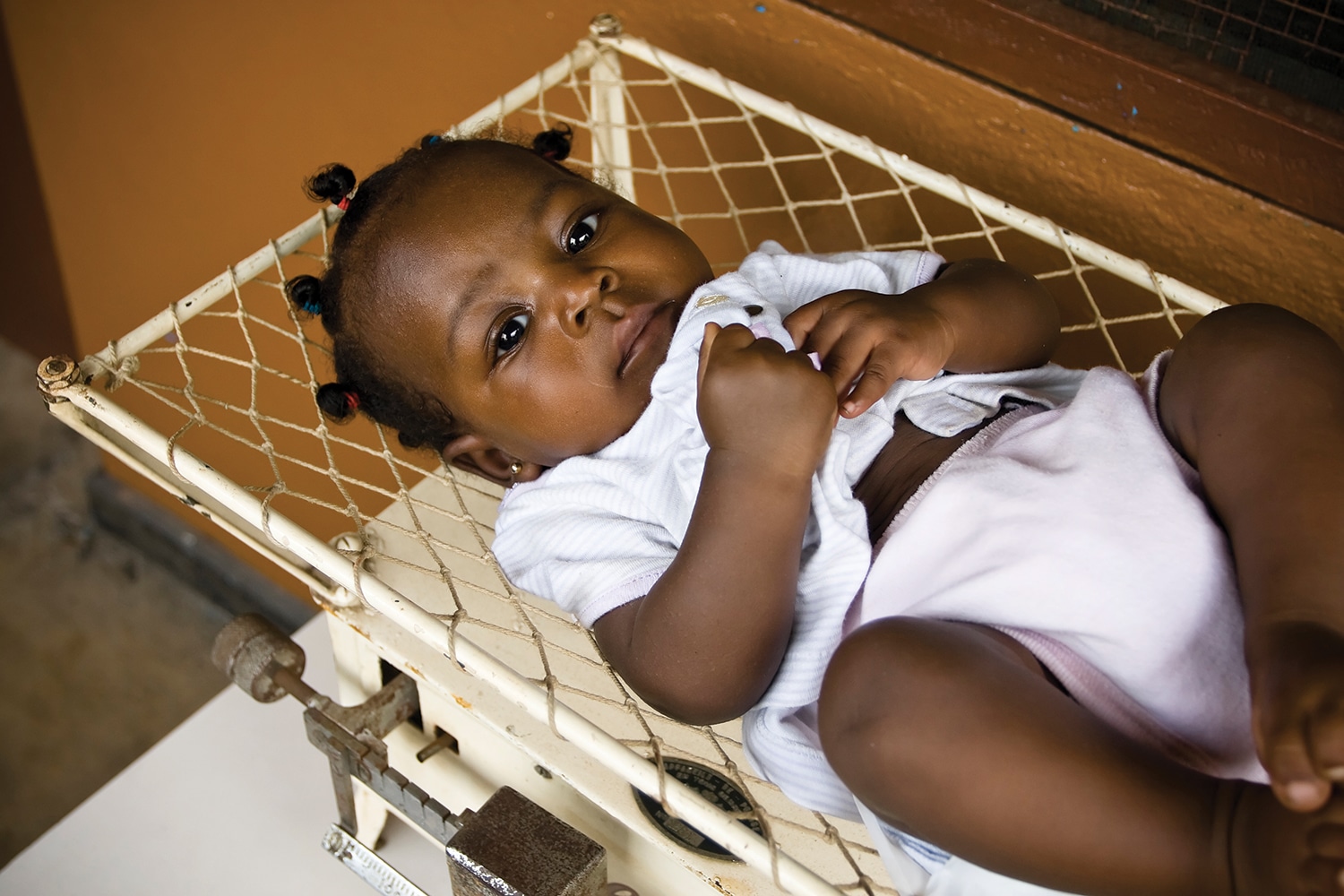More than 90 percent of the 100,000 children under 15 who die each year from a pediatric cancer are in developing countries. The primary problem: lack of access to state-of-the-art hospitals, trained doctors and cancer treatments.
“In developing countries, it is estimated that only 30 to 40 percent of children with cancer have access to care and are treated,” says oncologist Raul C. Ribeiro, who directs the International Outreach Program at St. Jude Children’s Research Hospital in Memphis, Tenn. “Many pediatric cancers can be caught with early diagnosis, but in the developing world, patients come in with advanced-stage diseases, which require more resources and are not curable.”
According to a special series of articles in the March 3 Lancet Oncology, 80 percent of childhood cancers are potentially curable with current treatments. The articles in the series suggest that increased investments in health care by local governments, public education about childhood cancers and international collaborations could help improve the quality of care in the developing world.
What’s especially needed, says oncologist Richard Sullivan, who directs the Institute of Cancer Policy at the King’s Health Partners Integrated Cancer Centre in London and co-led the special series, is more support for programs that give doctors in developing countries the opportunity to work with cancer centers in more economically developed nations. Some organizations are already “doing an amazing job in this respect,” Sullivan says, “but they need more funding.”
Ribeiro believes these types of collaborations, which can help guide diagnoses and treatment, are fairly easy to develop. “Thanks to the internet and web conference tools, [doctors in developing countries] don’t have to have sophisticated technology to have effective online meetings to discuss cases with experts,” he says.
Cancer Today magazine is free to cancer patients, survivors and caregivers who live in the U.S. Subscribe here to receive four issues per year.





